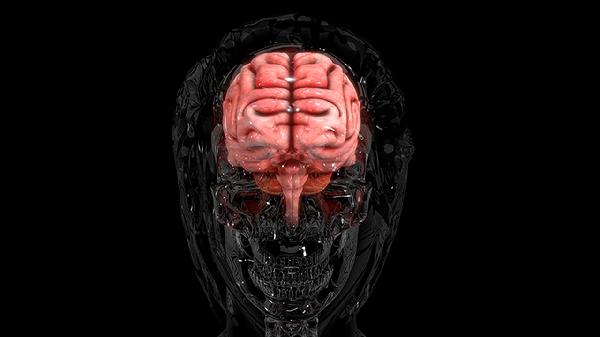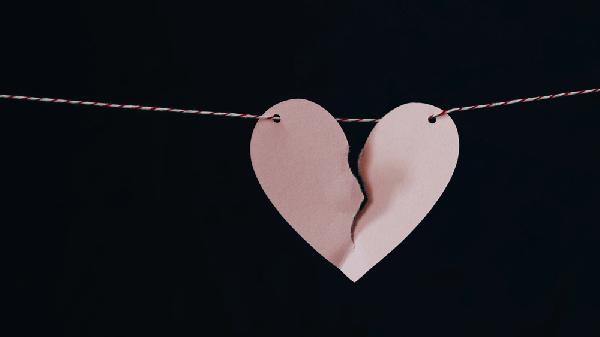Ever feel like your brain is running on empty by 3 p.m., even though you haven’t tackled half your to-do list? Blame decision fatigue—the mental exhaustion that creeps in after making too many choices. From picking an outfit to deciding what to eat for lunch, research suggests the average adult makes around 35,000 decisions a day. No wonder you’re mentally wiped by happy hour.

But here’s the kicker: Decision fatigue doesn’t just leave you craving a nap—it sabotages your willpower, clouds your judgment, and can even lead to bad choices (hello, impulse Amazon purchases at midnight). The good news? You can outsmart it. Let’s break down why your brain hates endless options and how to reclaim your focus.
Your Brain on Decision Overload
Think of your willpower like a smartphone battery. Every choice you make—no matter how small—drains a little juice. By afternoon, you’re running on 10%, scrambling for a mental charger. That’s when poor decisions sneak in. Ever snapped at a coworker after a day packed with meetings? Or caved to fast food because "meal planning sounds like a TED Talk"? Classic decision fatigue.
Studies show judges are more likely to deny parole late in the day, and shoppers splurge on junk food when tired. Your brain, desperate to conserve energy, starts taking shortcuts. It either avoids deciding (procrastination) or goes with whatever’s easiest (usually the least healthy or productive option).
The Sneaky Choices You Don’t Even Notice
Not all decisions feel like big deals, but they add up fast. Consider:
These mental time-sucks drain focus from what actually matters—like nailing that presentation or remembering your partner’s birthday.
How to Hack Your Decision-Making
1、Automate the small stuff: Barack Obama and Mark Zuckerberg famously wear near-identical outfits daily to save brainpower. You don’t need a capsule wardrobe, but simplify repeat choices: meal prep staples, a go-to coffee order, or setting phone alarms for routine tasks.
2、Tame the “tyranny of tiny tasks”: Batch similar decisions together. Answer emails in one block, run errands back-to-back, or designate a “no trivial choices” hour to preserve focus for big projects.
3、Schedule high-stakes choices for peak brain times: Most people’s willpower peaks in the morning. Book important meetings, tough conversations, or creative work early, and save routine tasks for post-lunch slump hours.
4、Embrace the “good enough” rule: Perfectionism fuels decision fatigue. Set a timer for choices that don’t deserve overthinking (looking at you, Airbnb filters). If an option meets 80% of your needs, hit go and move on.
5、Recharge your mental bandwidth: Sleep, hydration, and protein-rich snacks stabilize energy. A 5-minute walk or closing your eyes resets decision fatigue faster than another cup of coffee.
When to Outsource Your Choices
Delegate when possible. Let your partner pick dinner, use a grocery delivery app’s “reorder favorites” button, or ask your barista to surprise you. Pro tip: Decision fatigue makes us terrible at self-control—so remove temptations. Unsubscribe from promo emails, hide the candy jar, or prep healthy snacks when your willpower’s fresh.
Bottom line? Your brain’s not lazy—it’s overloaded. Cutting decision clutter isn’t about rigidity; it’s about freeing up mental space for the choices that truly light you up. Now, go take a break. You’ve earned it.























